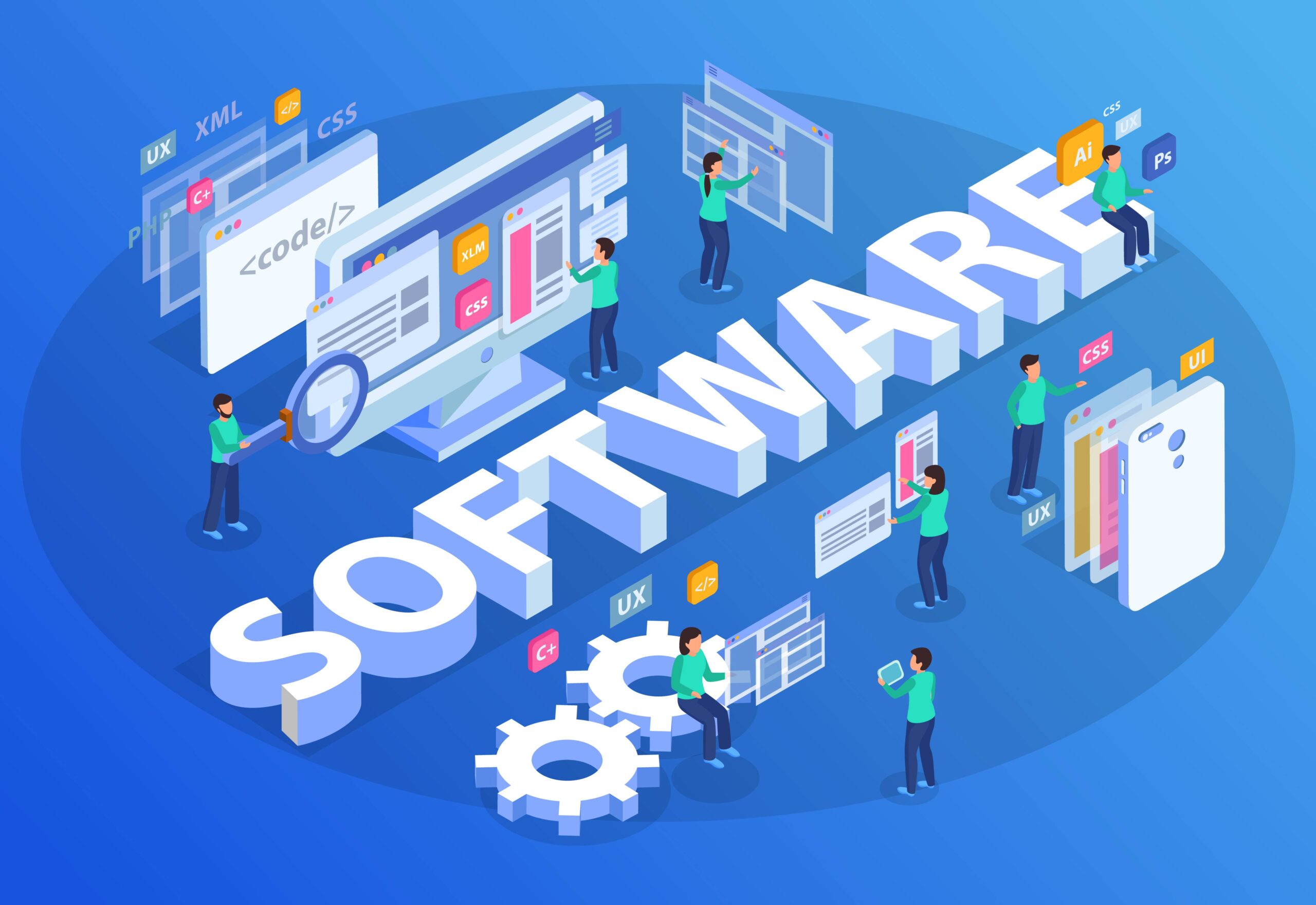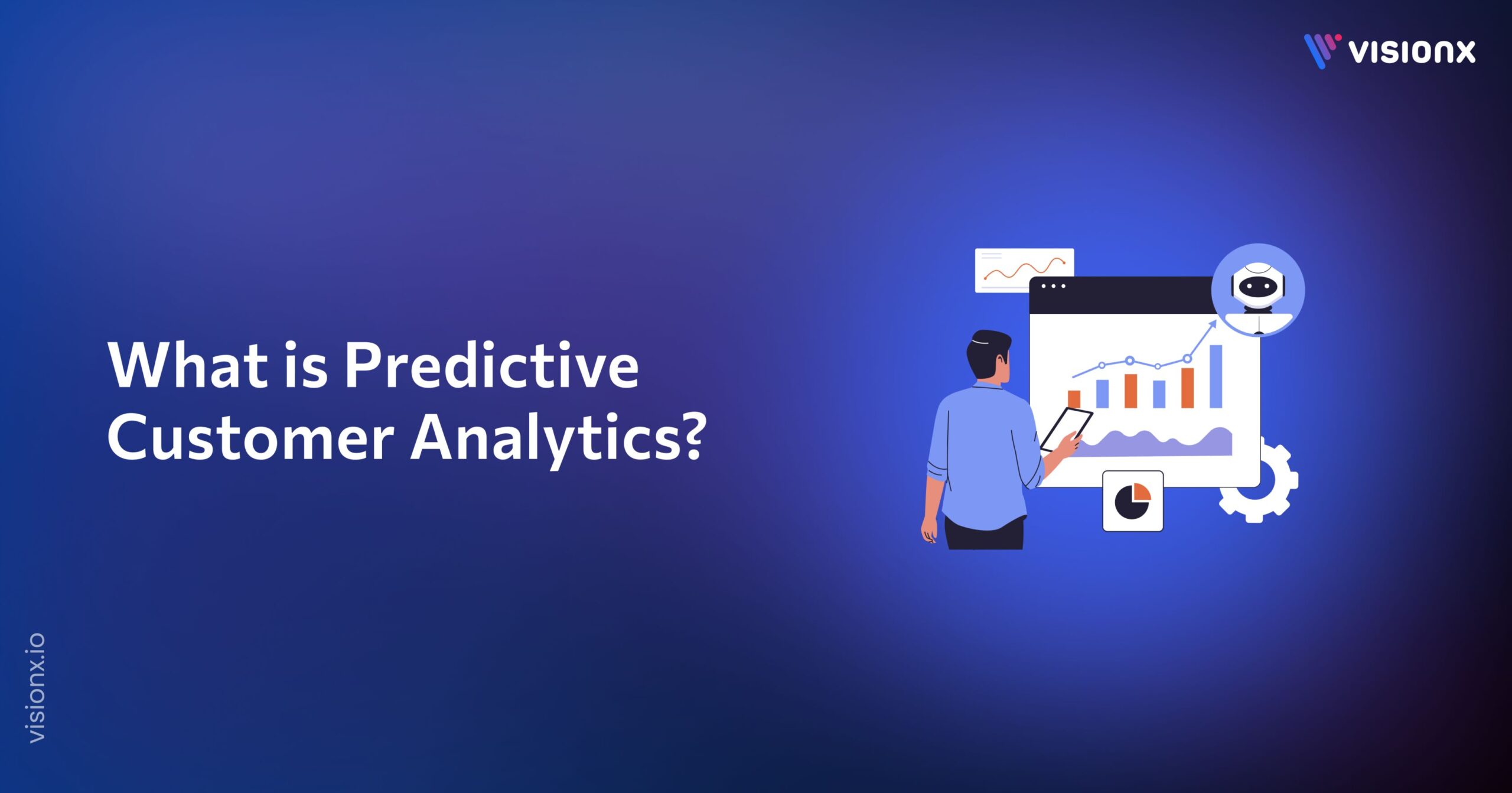Software development is a complex process that requires a well-defined methodology to ensure efficient delivery of high-quality products. Over the years, various software development models have emerged, each with its unique approach and suitability for different project types. These models provide a structured framework for managing the development lifecycle, from requirements gathering to maintenance and support. This blog post will explore seven of the most widely adopted software development models and their use cases.
Top 7 Software Development Models
1. Waterfall Model
The Waterfall Model is among the earliest and most traditional software development methodologies. It follows a linear, sequential approach, completing each phase before moving to the next. The phases in the waterfall model are as follows:
- Requirements Gathering: This phase involves collecting and documenting the project’s requirements from stakeholders.
- Design: In this phase, the system architecture, data structures, and user interfaces are designed based on the gathered requirements.
- Implementation: The software’s coding and development occur during this phase.
- Testing: The created software is rigorously examined for flaws, mistakes, and conformance to the specifications.
- Deployment: The software is deployed to the production environment after testing.
- Maintenance: This phase involves fixing issues after deployment and implementing new features or enhancements as needed.
The waterfall model is best suited for projects with well-defined and stable requirements that are unlikely to change significantly during software development. It works well for projects with a clear understanding of the end product. However, it can be inflexible and unsuitable for projects with evolving or changing requirements.
2. Agile Model
The Agile Model is an iterative and incremental approach to software development that emphasizes flexibility, collaboration, and rapid delivery of working software. It follows a cyclical process, with the software being developed in short iterations or sprints, typically lasting 2-4 weeks.
Each sprint involves the following stages:
- Planning: The team defines the tasks and features to be completed during the sprint.
- Execution: The development team works on implementing the planned features.
- Review and Retrospective: The completed work is reviewed, and feedback is gathered for improvement in the next sprint.
The Agile Model prioritizes customer collaboration and embraces changes in requirements throughout the development process. It is particularly suitable for projects with evolving or changing requirements, where the end product may not be fully defined. This model allows for frequent iterations and incorporates customer feedback, ensuring that the final product meets the users’ needs.
3. Spiral Model
The Spiral Model is a risk-driven approach that combines elements of the Waterfall and Iterative models. It consists of four main phases that repeat iteratively:
- Planning: This phase involves defining the project objectives, constraints, and alternative solutions.
- Risk Analysis: Potential risks associated with the project are identified and analyzed.
- Engineering: The software is developed and tested during this phase.
- Evaluation: The developed product is evaluated, and decisions regarding the next iteration or phase are made.
The Spiral Model emphasizes risk management and enables iterative, progressive product improvement. Every iteration enhances the one before it, taking into account lessons learned and addressing hazards that have been identified.
It follows a cyclical process, with the software being developed in short iterations or sprints, typically lasting 2-4 weeks.. It provides a structured approach to managing risk and allows for adjustments based on changing circumstances or new information.
4. V-Model
The V-Model is an extension of the Waterfall Model, focusing on testing and validation throughout development. It derives its name from the characteristic “V” shape, representing the relationship between the development and testing phases.
The left side of the “V” represents the development phases, including:
- Requirements Gathering
- System Design
- Architecture Design
- Module Design
The right side of the “V” represents the corresponding testing phases:
- Unit Testing
- Integration Testing
- System Testing
- Acceptance Testing
The V-Model emphasizes a sequential path of execution associated with a verification phase. There is a testing phase on the right side of the “V” for every phase on the left, guaranteeing comprehensive testing and validation at every stage.
This model is well-suited for projects with well-defined and stable requirements, where thorough testing and verification are essential. It is commonly used in safety-critical systems, such as aerospace or medical applications, where defects can have severe consequences.
5. Incremental Model
The Incremental Model is an iterative approach to developing software in increments or builds. Each increment adds functionality to the previous one, allowing for the delivery of a partially complete but working product.
The process involves the following steps:
- Requirements Analysis: The overall requirements for the software are identified and prioritized.
- Implementation: The first increment or build is developed based on the highest-priority requirements.
- Testing and Deployment: The completed increment is tested and deployed to the production environment.
- Iteration: Additional increments are developed, tested, and deployed, gradually adding more functionality to the software.
The Incremental Model allows for early delivery of basic features, with more advanced features added in subsequent increments. This approach provides flexibility and enables the development team to respond to changing requirements or customer feedback throughout the development process.
This model is suitable for projects with changing requirements or those requiring rapid delivery of initial features. It also helps mitigate risk by delivering a working product early and allowing for continuous improvement based on user feedback.
6. Prototyping Model
The prototype model is an iterative approach that involves creating a basic working model or prototype of the software early in the development process. This prototype is refined and improved based on user feedback until the final product is achieved.
The steps in the Prototyping Model are:
- Requirements Gathering: The initial requirements for the software are collected.
- Prototype Development: A basic prototype is developed based on the gathered requirements.
- Prototype Evaluation: The prototype is presented to stakeholders and users for evaluation and feedback.
- Refinement: The prototype is refined and improved based on the feedback.
- Iteration: The process of refinement and evaluation continues until the final product meets the desired requirements.
The Prototyping Model is particularly useful when the requirements are unclear or likely to change frequently. It allows for early visualization and exploration of the software, enabling stakeholders and users to provide feedback and refine the requirements iteratively.
This model is appropriate for designing user interfaces or developing proof-of-concept apps, where user experience and usability are key factors.
7. RAD (Rapid Application Development) Model
The RAD (Rapid Application Development) Model is an iterative approach that prioritizes rapid development and high-quality results. It involves iterative development, prototyping, and continuous user involvement.
The RAD Model consists of the following phases:
- Requirements Planning: The project scope and requirements are defined, and a development plan is created.
- User Design: Prototypes are developed based on the requirements, and user feedback is gathered.
- Construction: The software’s coding and development occur during this phase.
- Cutover: The completed product is deployed to the production environment.
The RAD Model emphasizes reusable components, tools, and techniques to accelerate development. It also emphasizes continuous user involvement and feedback throughout the development cycle.
This model is suitable for projects with well-defined requirements and a tight timeline. It is frequently employed in projects where time-to-market is essential, like creating applications or commercial software with a brief product lifecycle.
Conclusion
Each software development model has its strengths and weaknesses, and the choice depends on factors such as project complexity, team expertise, customer requirements, and the project’s overall objectives. In some cases, a hybrid approach combining elements of multiple models may be most suitable.
Ultimately, the goal is to deliver high-quality software that efficiently meets the project’s requirements. Organizations and development teams can make informed decisions and choose the most appropriate methodology for their projects by understanding these software development models’ characteristics and use cases.


